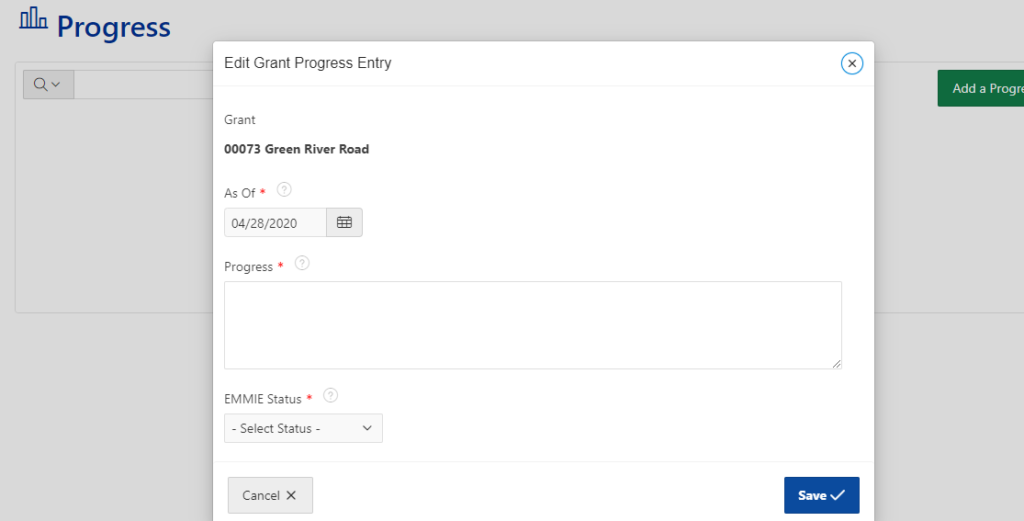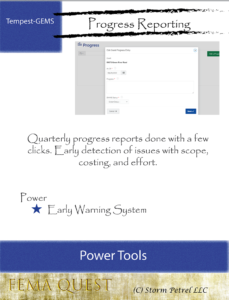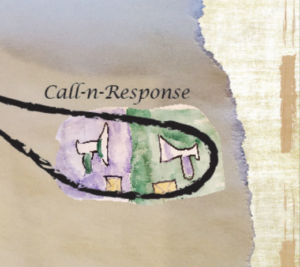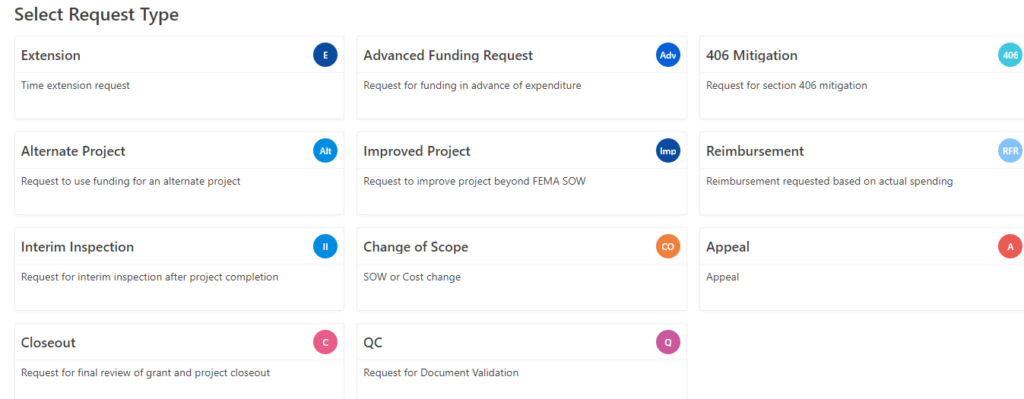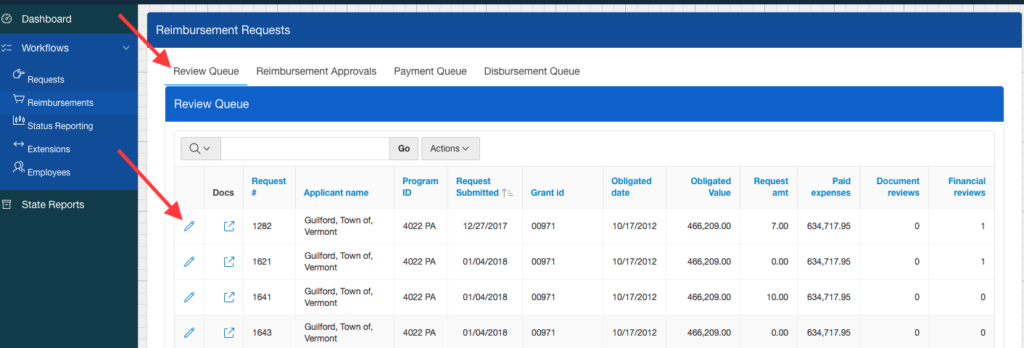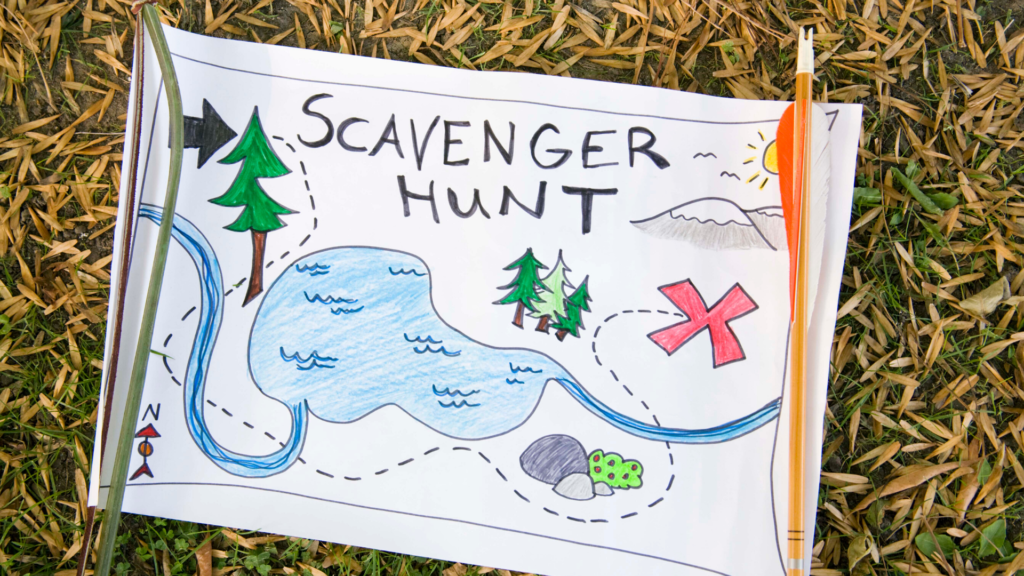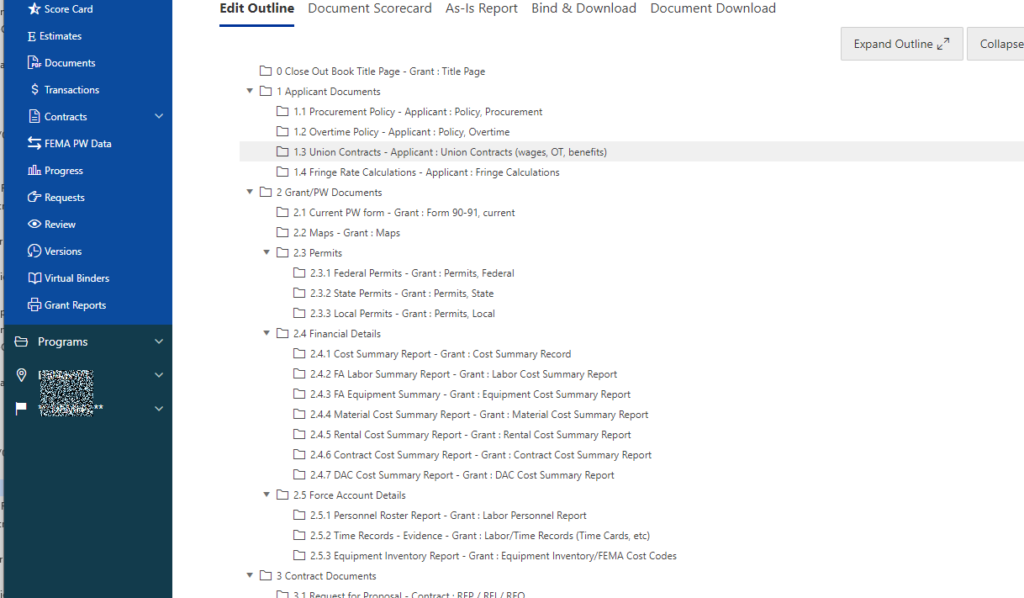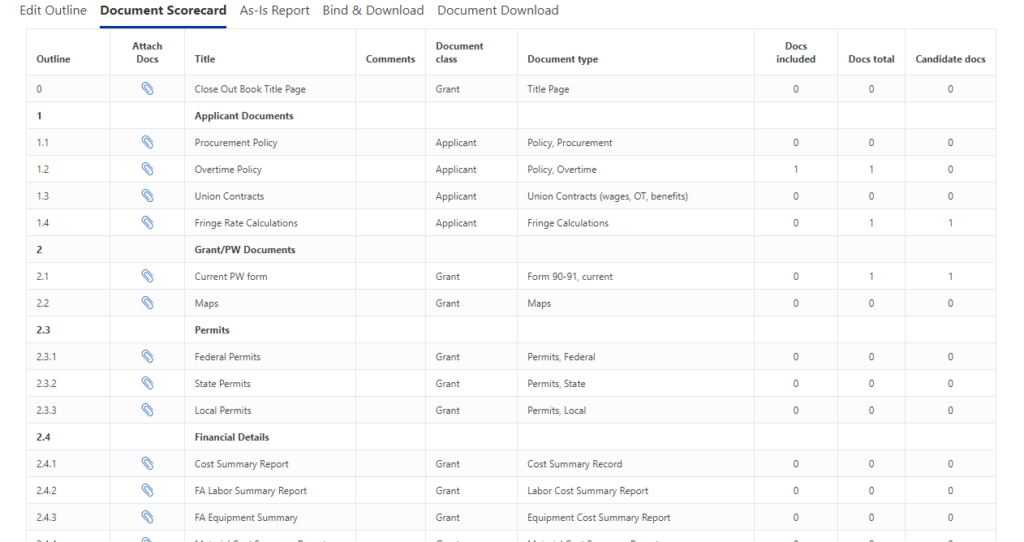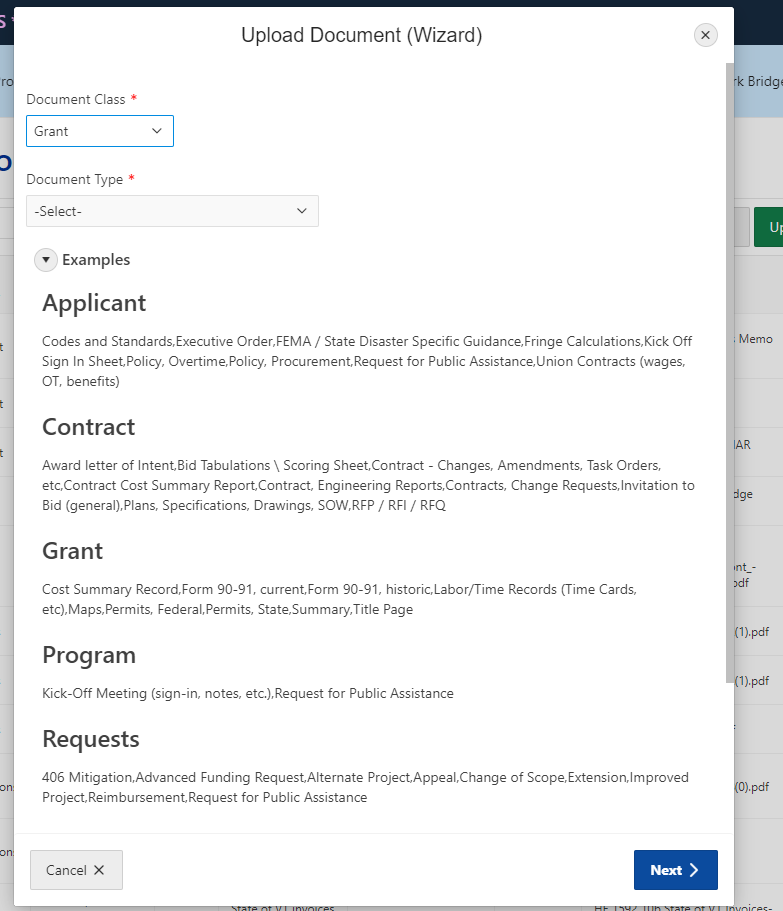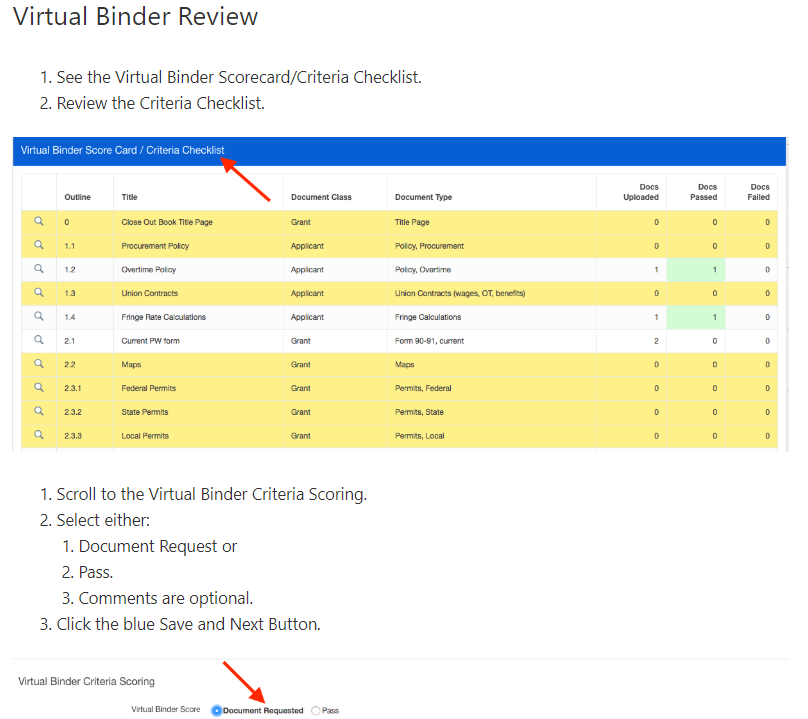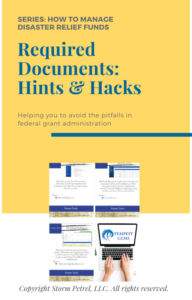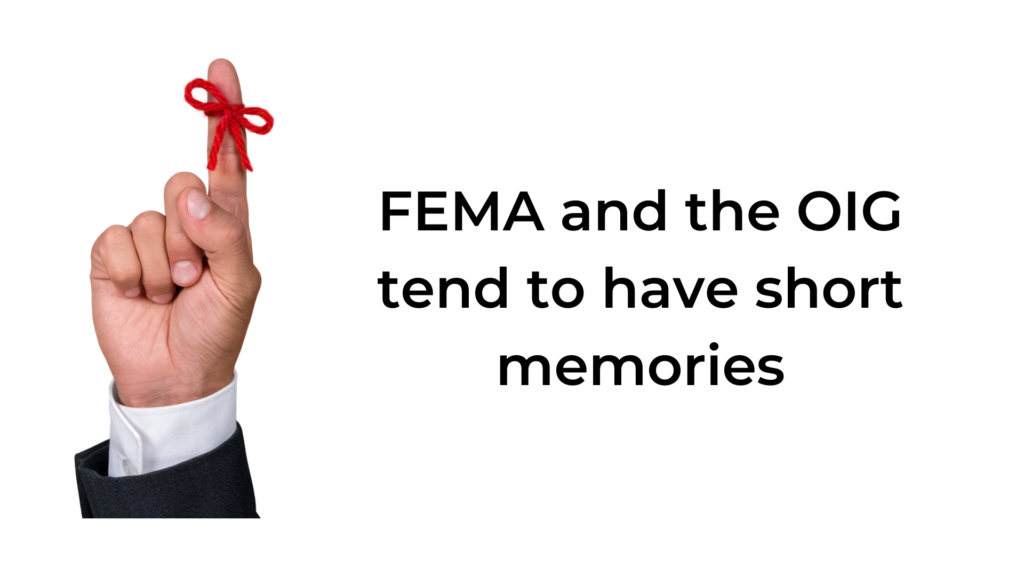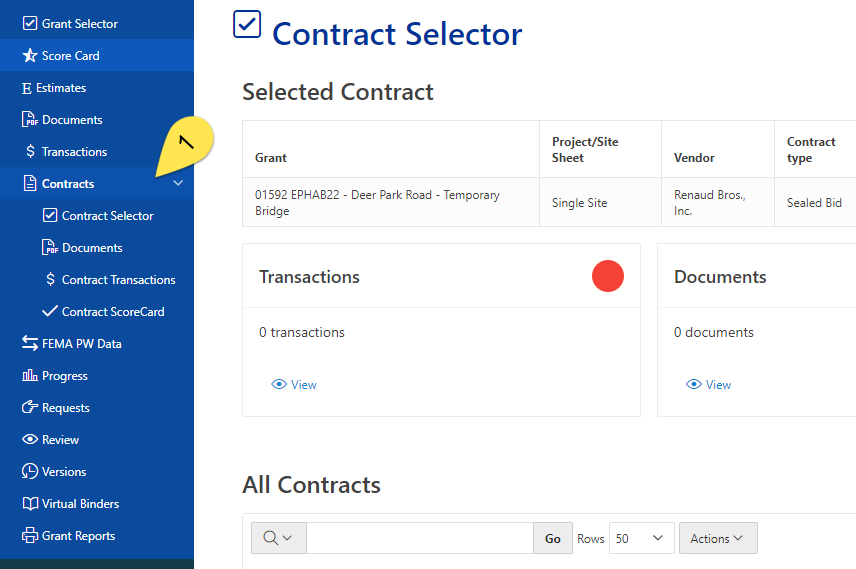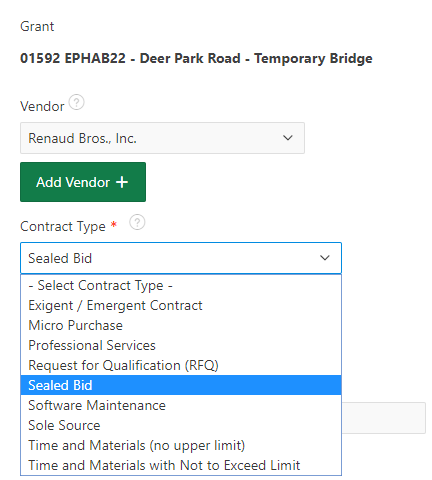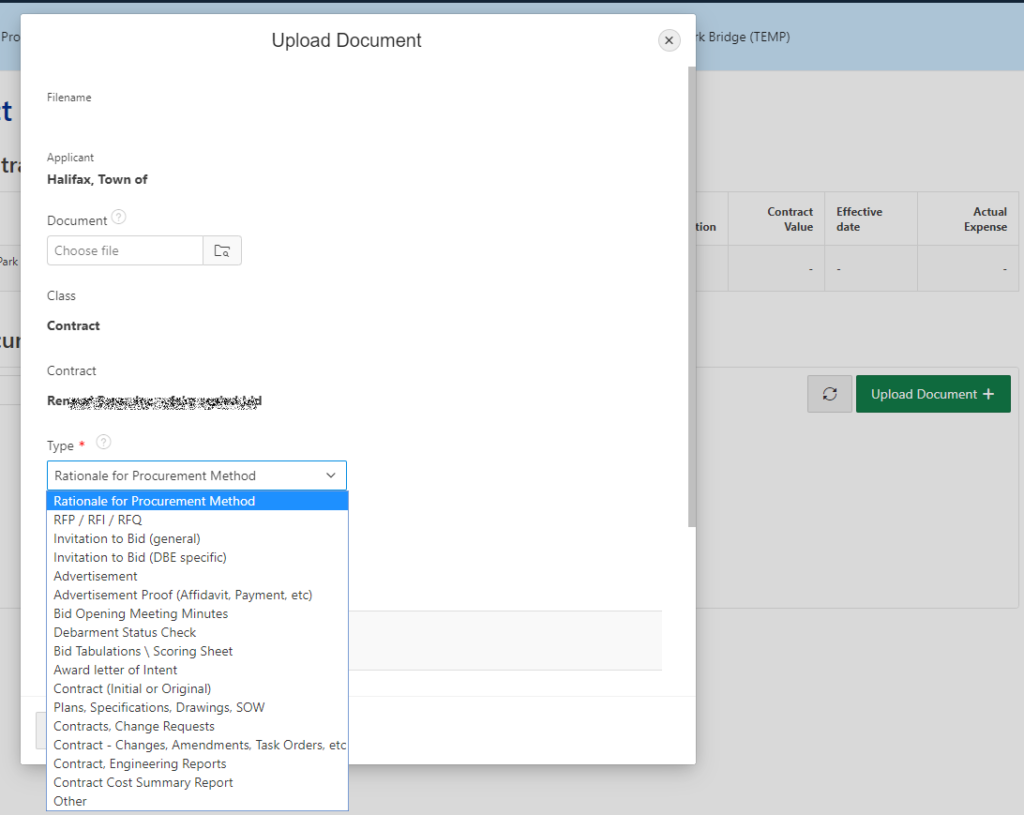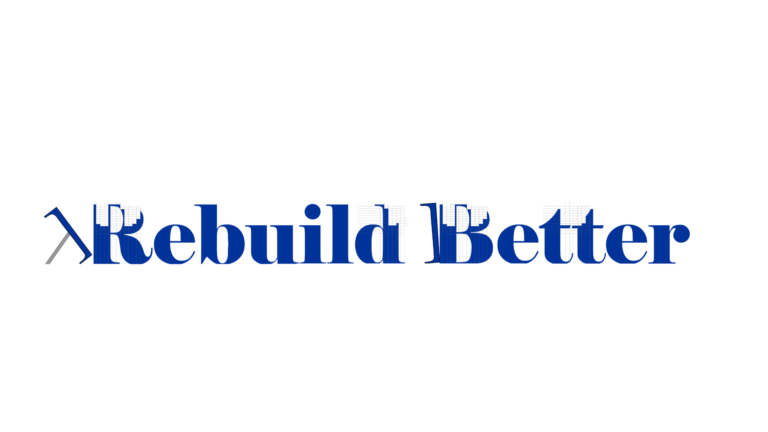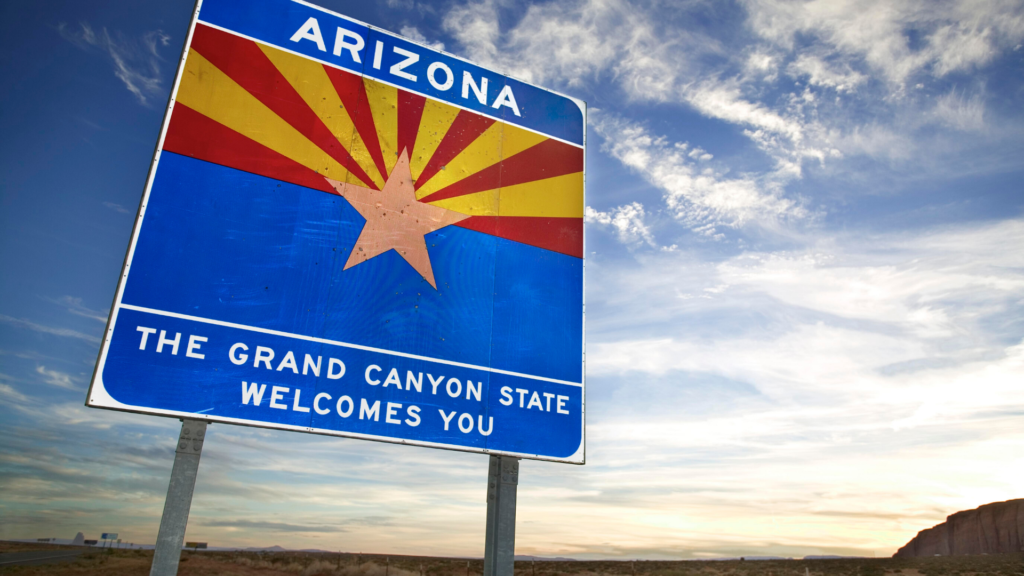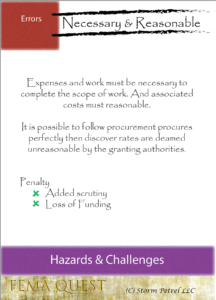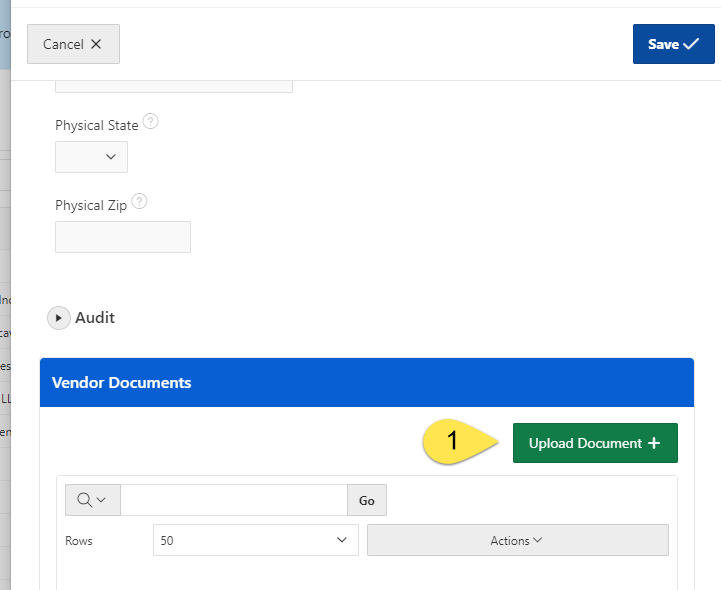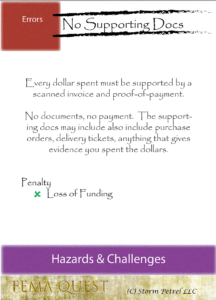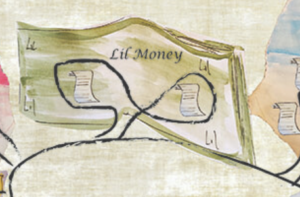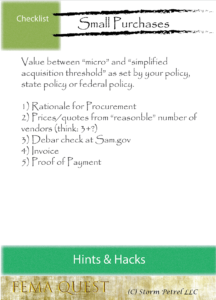Following COVID Funding

Why is COVID funding so difficult to understand and how to address it? We’ve been following the information closely, and we’re a bit lost too. We do have something to share today.
We’re here to help improve grant management, avoid fraud, waste, and abuse. If you appreciate this presentation, please share it.
Subscribe to our Youtube Channel
The CARES Act: Making History
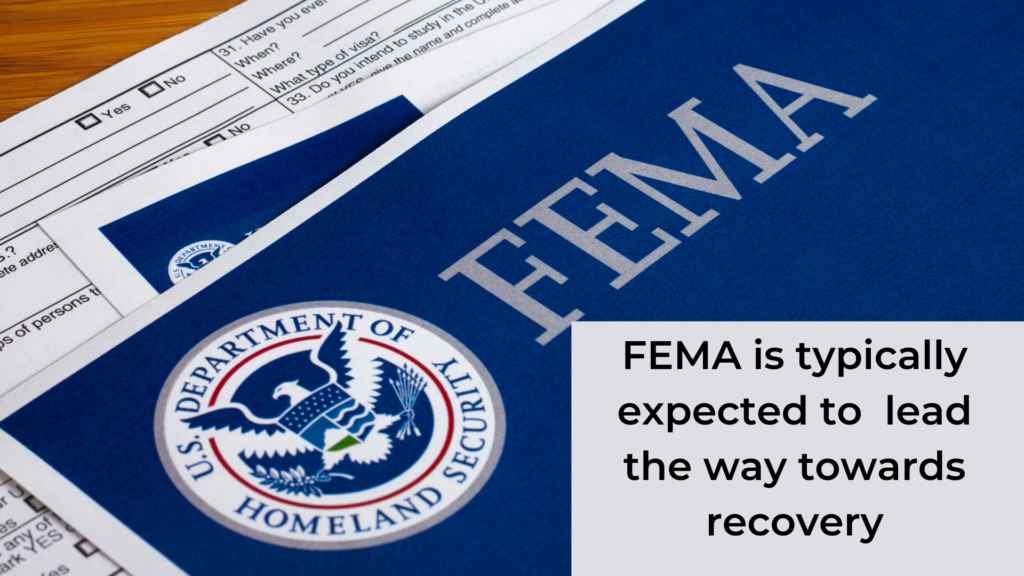
The United States Federal Government has made a disaster declaration for the entire nation: the states, territories, and district of Columbia. First ever. Normally, when a disaster is declared, FEMA presents itself as the lead agency. Remember, FEMA is part of the Executive Branch of the Government under the Department of Homeland Security (DHS).
In a simultaneous effort, the Congress of the United States wrote, debated, and passed the CARES Act into law. This is the largest-ever economic stimulus package in our history. This law provides some $2 trillion in funding and increased our national debt by about the same value.
How Does the Act Work?
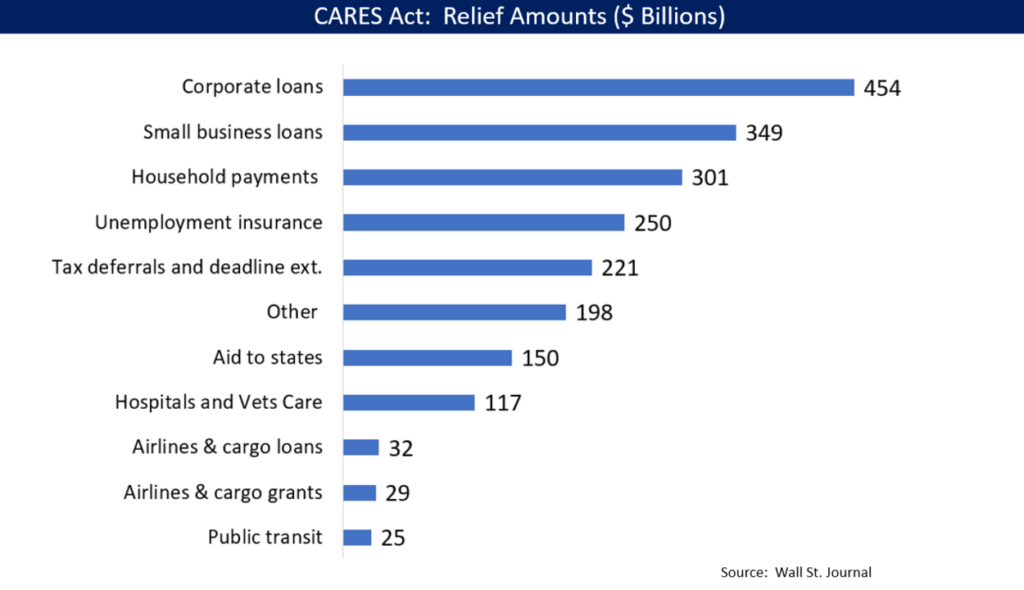
Back in the old days, y’know 2019, a disaster declaration unified the command, informational, and financial flow. While the process varied, basically one looked to the local government’s emergency management entity, then the state’s emergency management agency, then the state’s governor, then FEMA. On really big disasters, additional grant programs often kicked in especially from Housing and Urban Development, and additional FEMA funding for mitigation. It was a routine.
With the CARES Act, funding flows-ish from nearly every federal agencies directly to organizations that they commonly serve. Health and Human Services to health things. Department of Justice to cop-things. Election Commissions to election-y things.
A lot of the funding from the CARES Act is provided at 100% and currently FEMA states they they will do 75% funding.
Is the information we need clearly available, and easily understood? As a nation, we’ll have more organizations applying for loans and grants right now than ever in our history because of COVID. The people doing the research will be over-worked citizens trying to keep their organization operational.
Defining Grants

I am unable to find an overarching road map of COVID-related grant programs with their various scopes, clientele, funding rules, date ranges. I’ve looked. I am a citizen researcher searching in spare time during my days and weeks. If this exists, please drop a comment below!
This is important public information. My inability to find it is not proof it doesn’t exist. Maybe there is a draft poster in the living room of a work-from-home staffer. Who knows?
Without a map, a public sector organization will tap resources they know. The internet is good start. Consultants, colleagues, peer organizations, state affiliated organizations, and even federal agencies. Data one can’t find readily is lost data. I guess that is the definition of lost. I’ve been lost before.
I’ll look at two personal efforts in an effort to provide a factual background to my thesis statement. Who’s in the news? Cops and Hospitals. I’ll start with cops.
The Coronavirus Emergency Supplemental Funding Program
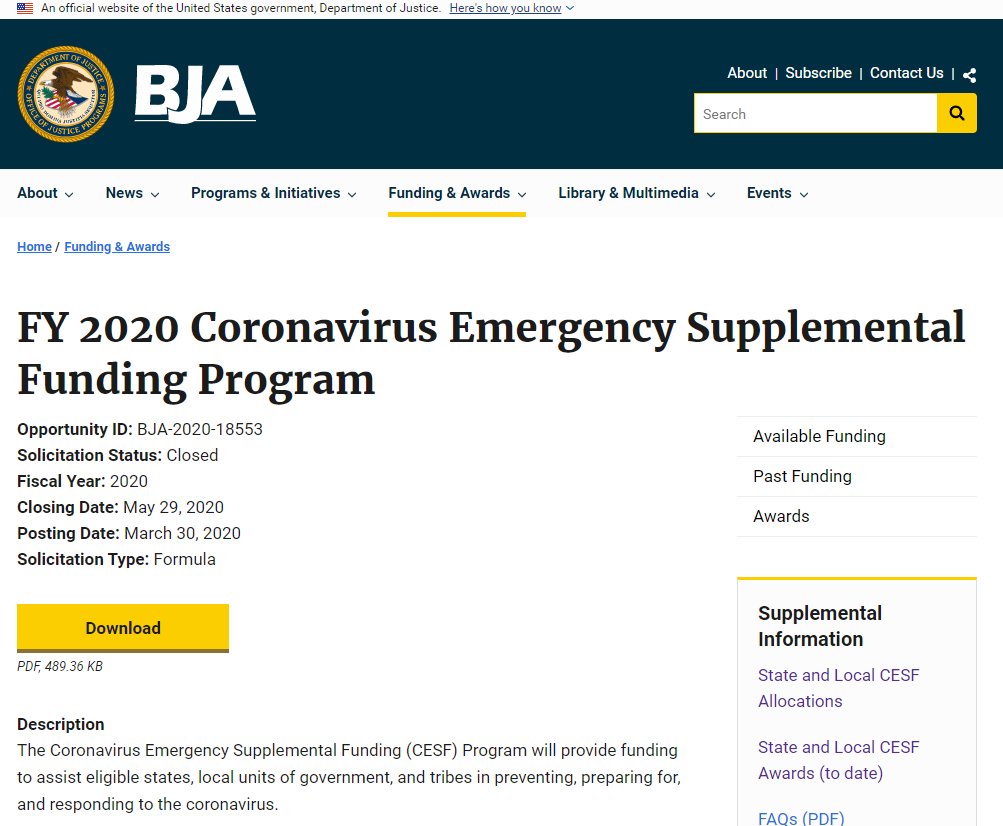
The US Department of Justice funds grants through the office of Justice Programs (OJP), Bureau of Justice Assistance (BJA) – boy one can get tired of understanding the scramble of letters. I researched and read this grant a week ago. It was easy to find through common internet search tools. Today, it had all but disappeared. The program was called Coronavirus Emergency Supplemental Funding Program. It is closed.
Where Did the Grant Go?
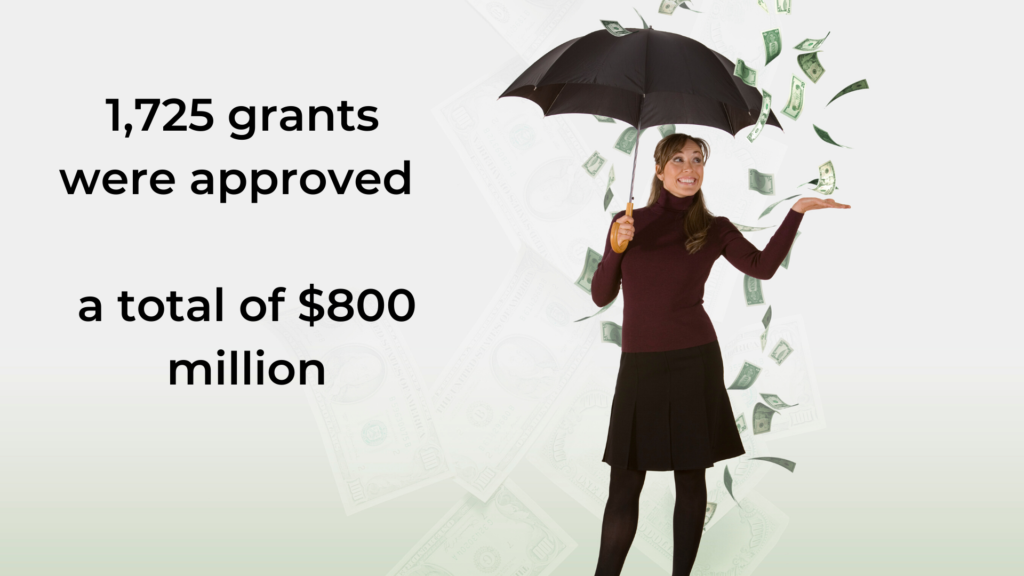
It ran Between March 30th and May 29th, while it appeared to be open to any/all policing type organizations, 1,725 have been approved grants for a total of $800 million. This is what I know: there are 58 states and territories. There are approximately 3,000 counties in this country. Let’s make believe that’s 200 large cities. I think we can estimate there are 3,500 policing-type agencies in this country. So half of them got a grant.
29th of May… you’ll hear snark in my voice, certainly. Has there been any COVID related or police related topics in the news between May 28th and June 8th when this video was published? Of course there has. Law enforcement agencies have encountered increased costs for PPE, supplies, training, and overtime.
My off-the-cuff analysis. This now-closed grant provided $800 million to fewer than half of the law enforcement agencies. And the grant program closed before the first day of June.
Will there be another round of funding? Was this first come-first serve? What effort did the DOJ use to publish this grant opportunity.
Clearly, I don’t have answers. I feel confused. To take that confusion further, I went to grants.gov to confirm my findings. I searched for COVID-related grants from DOJ. I found one recently closed DOJ grant that referenced COVID. The research and evaluation on firearm violence grant may be extended due to COVID. Not a COVID grant, or CARES Act grant.
What is on the DOJ website doesn’t match what is presented on grants.gov.
Let’s take a quick look at HHS.
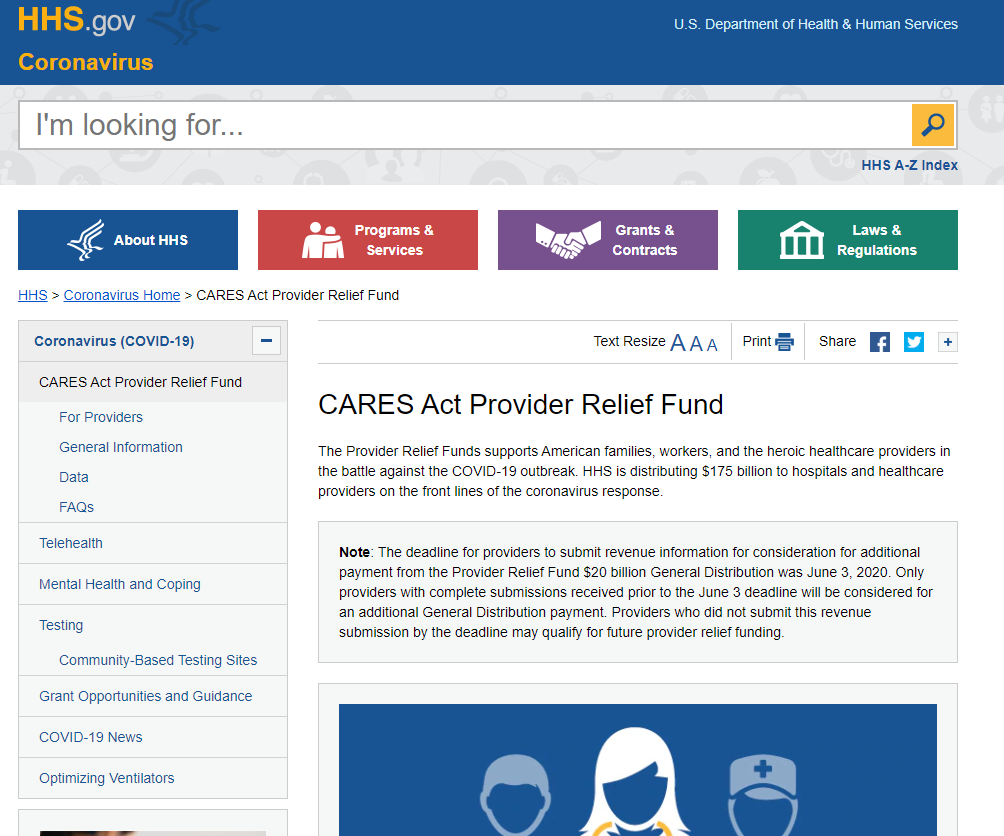
With an internet search, I found the CARES Act Provider Relief Fund offered by Health and Human Services (HHS). This website states the available funding is $175 Billion. Many websites don’t provide this information at the top. Thank you HHS. HHS has a detailed spending plan on their website. It does not seem that this program is open. There were deadlines in April and a key deadline on the 3rd of June – so very last week.
I hope that those in need found this program.
Now, I’ll step to my next experiment. The classic answer with the US Government for grants is to go to grants.gov – a free public resource.
What is the Best Option?

The Provider Relief Fund discussed above is not visible in Grants.gov. But there are a lot of other HHS COVID related grants: I count 15 for the 7th of June as I write this script.
I do not work with HHS grants often. I searched for grants that I affirmatively found at grants.gov back on the HHS website. They didn’t synchronize. The data is different.
This means that within one key agency – HHS – they do NOT have an over-arching road map to grant programs. It appears difficult to research, forecast, predict, and anticipate what will happen. It appears difficult to track what is going on currently.
Furthermore, how would one know whether HHS, or FEMA, or another agency a better option?
FEMA & The CARES Act
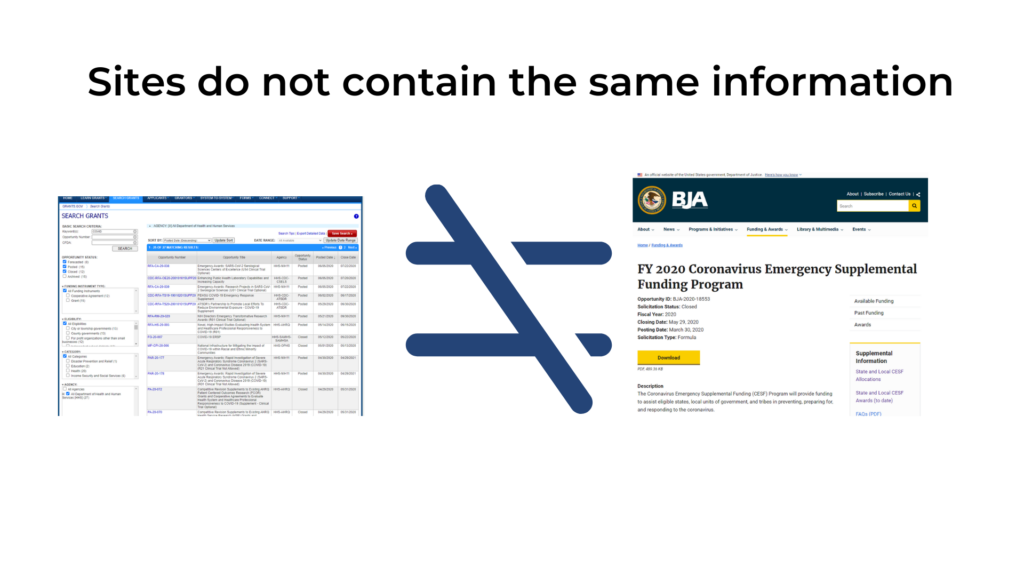
During the introduction, I stated that a major disaster declaration has been made across our country. In addition to the $2 trillion from CARES Act, FEMA is providing Emergency Protective Measure grants. This grant program alternately called FEMA Public Assistance or known by the Stafford Act, includes 57 major disaster declarations – each state, 5 territories, the District of Columbia and 1 tribe.
This grant program is NOT on grants.gov. Never was. It is a state managed grant program, typically through the state’s designated emergency management agency. In the recent years, FEMA has moved the grant application process to a FEMA hosted site that they call “the grants portal”.
FEMA is providing emergency protective measures (overtime costs, PPE, equipment, etc) to eligible public sector organization. This is also called a Category B grant. We have a video on this topic. The funding from FEMA is presently slated for 75%. The disaster date starts on the 20th of January and extends through to September. A period of performance with that sort of date range for an emergency protective measures grant is rare.
Contrasting the Situation

Let’s contrast the situation.
FEMA, the long-standing leader in disaster recovery grants, has a program that is open through September. It will provide 75% funding. The rules are well known. Even has a book called the PAPPA-G. It will cover overtime costs and equipment costs and PPE for eligible public sector-type organizations.
The CARES Act is also providing funding through grants to many of the same organizations. Some of these grants are 100% funded. Some have wickedly complicated rules about what will be paid and not paid. The HHS math that involved Medicare revenue about broke my brain.
While federal grant programs are opening and closing, they are advertised or accessed through various sites. Commonly what is on grants.gov is not on the agencies own page.
Meanwhile, the human beings paying bills, engaged in procurement, tracking labor costs are entirely swamped with the overwhelm. It’s like someone dial the Overwhelm-knob all the way to max.
The teaser at the top was a promise that we’d know how to address it.
Rules to Follow

First, if you think you’ll get CARES Act or FEMA funding because you do work in the public sector or related, then track your labor costs in massive detail. Do your fringe rate calculations and be prepared to get reimbursed by someone for that. The rules vary.
Second, any procurement you do, follow the federal procurement rules. These rules inform you that you must follow the most restrictive rules: your own rules, your state’s rules, and the federal rules. There is a strong preference for fair-and-open competition. There is a strong preference for sealed bids. There are penalties for fraud, waste, and abuse.
Third, research, listen and learn. As busy as you are, now that opportunities are opening and closing without your knowledge. I entirely sympathize. Our firm learned of a grant on Monday due on Friday. We submitted on Thursday. Now we wait.
Fourth, do not submit the same costs to multiple agencies or multiple grants. That is FRAUD.
Fifth, someone will (better) start coming out with this guidance. After all, it is our tax dollars at work. Best if the process were fair and transparent. Oh, listen to my opinion sneaking in again.


